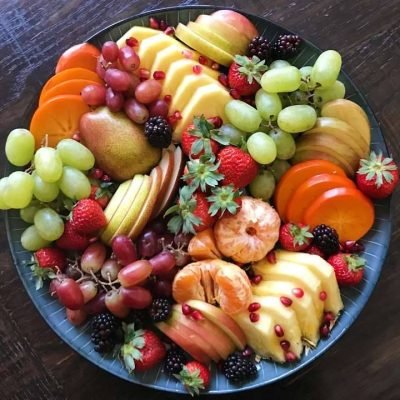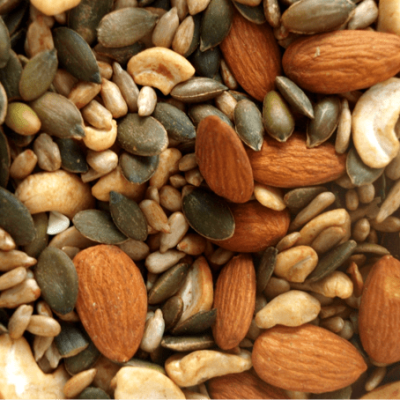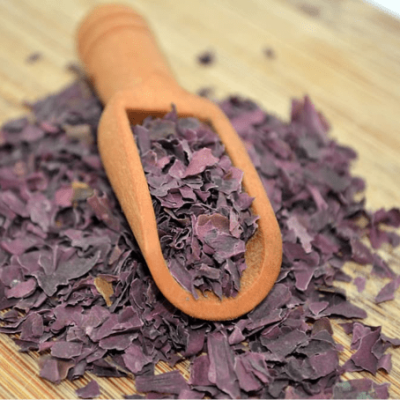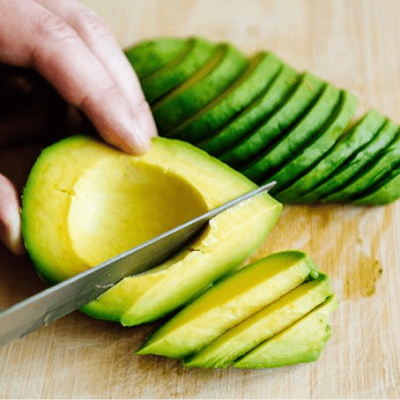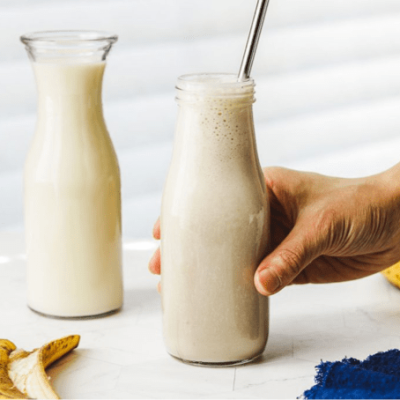Living Kitchen
*tools & Equipment
Equipping a living foods kitchen can be as simple as buying a sharp knife, or as complex as decking the food preparation area out with electrical appliances such as blenders, food processors, microgreen growing racks and solar food dryers.




Knives - Cutting boards - Compost Bins
When setting up a living foods kitchen, by far the most important tool is a knife with a sharp blade together with a large chopping board with an indented lip to catch liquids such as watermelon and tomato juice that would otherwise end-up spilling over onto countertops when cut, sliced or diced.
Next item on the list of essentials, is a benchtop lidded compost bin, large enough to hold an entire day’s worth of fruit skins and other assorted food scraps. The last thing those preparing a raw food meal need to be doing is running off outside to empty a compost bin that is full to overflowing before the meal is ready to be plated and served.
The most wonderful thing about adopting a living foods diet is that it creates loads of valuable compostable material, each and every meal; rather than empty tins, bottles and plastic film that has to be carted to council bins where some of it, or all these valuable metals & plastics will be put asunder into landfill – off-gassing and leaching toxic chemicals and heavy-metals into underground water systems that end-up in creeks, rivers and eventually the ocean.
For these reasons, the first piece of equipment that needs to be installed outside, is a large compost bin; or in the case of communal living facilities, a bay of compost bins. Installing an outside composter need not be any more elaborate or expensive than standing 4 recycled timber pallets upright and threading wire through the boards to hold it altogether.
If there is a kitchen garden attached to the Living Kitchen, all the better. In this case, food scraps can be placed directly into prepared garden beds and covered over with mulch to encourage the worms to move in and pull the nutrient-dense material down into the beds – all the while building topsoil by increasing soil friability, moisture and microbes.


microgreen Growing equipment
Growing Micro-greens can be as easy as setting wide boards on builder’s trestles, outside in a shady spot; or as complicated as growing indoors under artificial light within a shipping container or insulated shed with good ventilation.
Microgreens can even be grown directly in soil in raised beds that are sheltered by clear plastic laid over plastic or metal hoops to guard against frosts or heavy rains that might otherwise damage the fragile shoots.
Large-scale production requires skills and specific medium preparation as well as regulated misting techniques and equipment to ensure uniformed and rapid plant growth, while ensuring the fragile plants remain free of mold and mildew or other contaminants.
Best growing practices revolve around growing the seeds to leaves, clean and fast, harvesting twice then planting again.
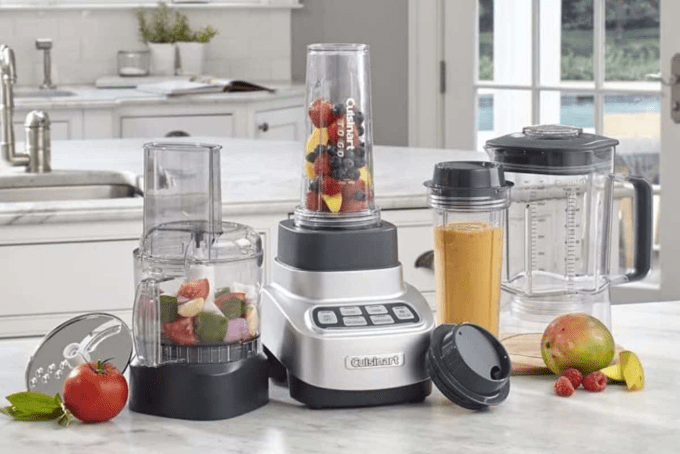

Blenders - food processors - Grinders
Electric food processors, blenders and grinders are by no means essential items. Most days, a sharp knife along with a chopping board will be all that is needed to prepare whole fruits and combinations of salad greens for breakfast, lunch and dinner meals.
Still, anyone involved in preparing food for large gatherings, will certainly the appreciate access to this type of equipment to speed along the process of getting meals from raw produce to set down on tables to satiate the appetite of a hungry horde.
If the amount of people being catered for warrants the inclusion of blenders, food processors and the like in small or large versions, these days, the most economical way to procure this equipment is by purchasing a combo set, made up of a single motor that fits the food processor and blender as well as grinder attachments.
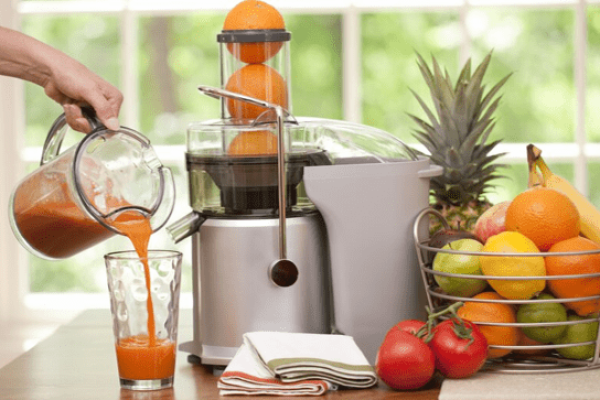

Cold press juicers
While the majority of living foods can be and should be eaten whole with the fibre intact, there are a few exceptions to this usually hard and fast rule. When there is an abundance of fruit available, such as windfalls of fallen fruit that would otherwise spoil, juicing becomes a viable option ‘save’ what would otherwise be wasted. Employing a juicer to remove the bulk of fibre from fruits such citrus, apples and pears, means loads more of a glut of fruit can be turned into juice to store for a few days, or else shared with a group of friends immediately.
The other use of juicers is to make fruit juices for babies and toddlers that are not yet old enough to eat whole fruits.
Horizontal Cold Press Juicers similar in design to the Angel Pro model make creating intact nutriment-dense fruit juices, as well as raw nut milks and even nut butters, quick and easy with little waste, mess or fuss.
These types of juicers also help create the perfect consistency of raw sprouted dough needed to turn swollen sprouted wheat berries and like grains, into nutritious sun-dried sprouted breads and fruit breads as well as sun-baked seed crackers.
Masticating single-gear or double-geared Cold Press Juicers usually operate at a slow 80 RPM, which is ideal for minimizing heat and cutting down on oxidation.
Juicers need not be expensive. Cheaper versions are often just as reliable and robust as more expensive types. However some brands such as the Angel Juicer maybe we worth the extra expense; especially if used by many in a communal living situation as it is made from 100% food-grade stainless steel, including the gears. This means absolutely no chemicals can leak into your juice, the juicer will never absorb flavors, the entire machine resists rust and corrosion, and makes it hygienic for large volume use.
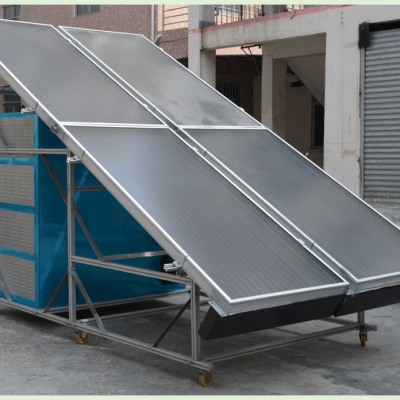
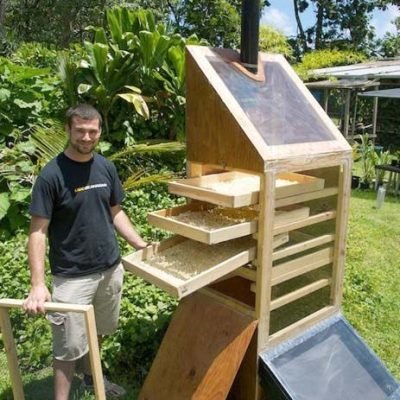
Dehydrators & Solar Food Dryers
Preserving living foods with the aid of solar food dryers, is one of the easiest, most energy-efficient ways to ensure the communal unions maintain a high level of food security. Additionally, the benefits of solar food dryers are that drying food this way, retains a lot more of the original nutrients in the fruits, herbs, sprouted breads and seed crackers than canning or freezing.
The concept of solar food dryer is simple: move warm air over thinly sliced food. The warmer the air, the more moisture is extracted from the food. However, the idea is not to allow the warm air to move too quickly, as it will cause the temperature to decrease. The best solar and electric dehydrator designs, create just enough air movement and warmth to dry food quickly.
The food is laid out on trays that sit behind a transparent polycarbonate sheet or recycled glass panel. Below the trays there’s a metal shelf, painted black, that serves as a heat absorber. As heated air rises through the food, cool air is drawn in through the bottom vent, and the heated, moisture-laden air flows out the exhaust at the top.


